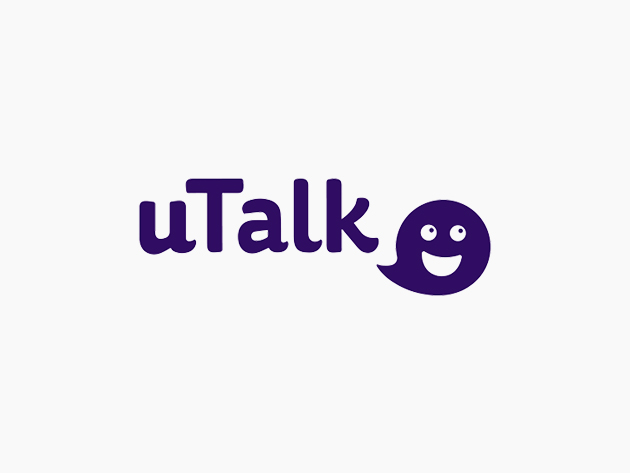Thousands of families in New York City do not receive 3-K placements at their preferred schools this year.
In a significant development for families applying to early childhood education in New York City, the Department of Education confirmed that all applicants for the 3-K program received offers on Tuesday. However, this year’s process has raised complications as a notable percentage of children were placed in programs not specifically requested by their families.
According to data presented during a recent City Council hearing, of the approximately 43,000 families who applied for 3-K, around 15% were assigned to schools that were not among their preferences. This statistic mirrors the trends from the previous year and has caused concern among families who may find these placements inconvenient or unsuitable, despite the city’s ongoing efforts to refine the program to meet demand.
Trevonda Kelly, the chief enrollment officer, acknowledged that a small segment of families may not have received placements that are practical for their needs. Conversely, she noted that about 65% of applicants were offered spots at their top-choice programs, indicating that for many, the process was more favorable.
First Deputy Chancellor Dan Weisberg emphasized that families who did not receive offers for their preferred schools would automatically be placed on waitlists for those options, suggesting that opportunities may still arise in the coming months as openings occur.
The experience of various families illustrates the challenges of the current enrollment process. For instance, one parent from Queens, Alexandra Minaie, expressed frustration after her daughter was assigned to a preschool center outside her neighborhood, which also imposed additional costs that conflicted with her work schedule. Minaie has been seeking to expand her family but feels stalled until a suitable daycare solution is found, highlighting the financial strain many families face.
This imbalance between supply and demand in the early childhood education sector has persistently troubled city officials. Despite having a capacity for 130,000 seats within the 3-K system, only 70% are currently filled while other educational facilities have substantial waitlists.
A recent survey by New Yorkers United for Child Care revealed that many parents share similar frustrations, indicating a systemic issue. Rebecca Bailin, the organization’s executive director, argued that the existing framework fails to adequately serve the needs of families, detracting from the overall goal of affordable and accessible early education in the city.
Previously, offers for pre-K, available for 4-year-olds, were released, with 80% of nearly 52,000 applicants receiving top-choice placements, and 93% receiving offers from their selected programs.
In response to ongoing challenges, Mayor Adams recently announced efforts to provide consistent annual funding to guarantee a seat in 3-K for families wishing to enroll. Officials are committed to improving outreach and matching families with appropriate educational resources, while the discrepancies in the enrollment process highlight the complexities of early childhood education in one of the nation’s most populous cities.







